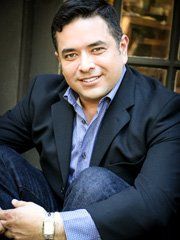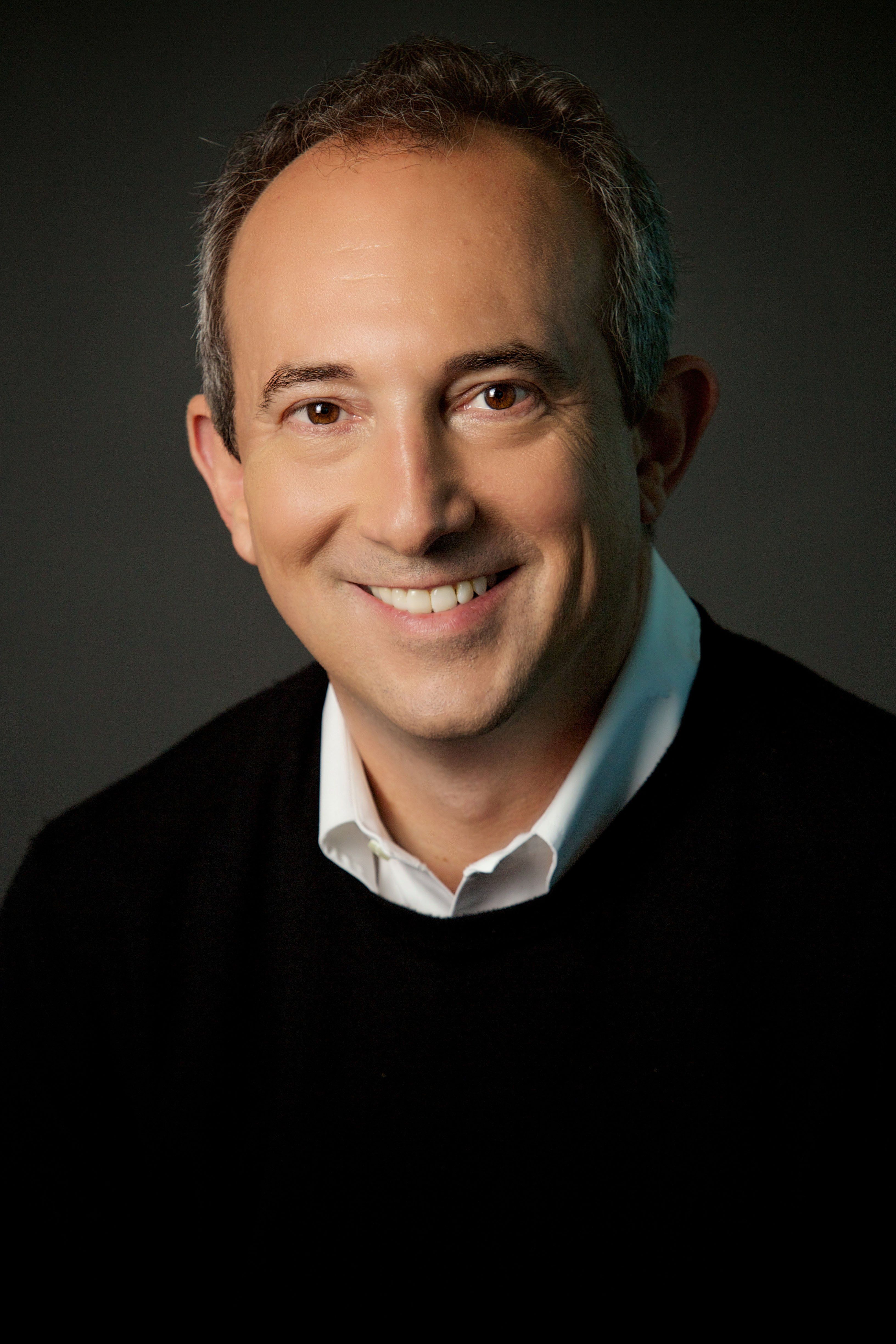Healthcare Winners Will Use Tech to Show Patients Cause and Effect
Lopez

Agus

Nearly 90% of the United States’ $2.7 trillion healthcare tab goes to treating chronic conditions, according to the CDC. How to tackle this burden was the topic of a recent session at AHIP’s Institute and Expo 2018 in San Diego.
“The issue of chronic conditions in the U.S. is very complicated,” presenter Esteban Lopez, MD, MBA, chief medical officer at Blue Cross and Blue Shield of Texas, told Managed Healthcare Executive before the conference. We know that 85% of U.S. healthcare costs are attributed to chronic conditions, and 60% of adults have one or more chronic conditions. Forty percent have two more chronic conditions,” he said. “We are also seeing chronic conditions occur at younger ages than in decades before.”
The root of the problem
Understanding why chronic conditions are so prevalent and why care is so costly is key to finding a solution, Lopez said. Whether it’s due to the American diet, the infrastructure of our healthcare system, healthcare disparities, or too much work and not enough self-care, he said prevention comes down to some pretty simple strategies.
“Don’t smoke, don’t be overweight, and exercise,” Lopez said. “But that prescription is not necessarily going to be achievable for everyone.”
David B. Agus, MD, professor of medicine and engineering at the University of Southern California Keck School of Medicine and Viterbi School of Engineering, and founding director of USC’s Lawrence J. Ellison Institute for Transformative Medicine, copresented with Lopez. Agus told Managed Healthcare Executive he agrees that there is “low-hanging fruit” in the prescription for good health-eating healthy, not smoking, and exercising-but said much of the problem lies in the lack of personal responsibility in healthcare today.
“In our country, everybody has a right to do whatever they want, but then we have the obligation for paying for the ramifications of your behavior,” Agus said.
Behavior changes are difficult, but leadership can help. Policies and processes need to be put into place to support better decisions for all Americans, but for high-risk groups in particular, said Lopez.
“We need to develop short- and long-term solutions to address chronic conditions and dive into root causes,” he said. “The short-term is how to control and close gaps in care to prevent further morbidity and mortality. But what is our long-term play as a society to be able to address long-term conditions? Are we going to be the architects that help solve that problem?”
Ethnic populations and minorities have increased odds of facing chronic conditions, and socioeconomics play a big role in health maintenance and prevention strategies that are key to avoiding chronic conditions, said Lopez.
“Being poor is a full-time job,” he said, detailing his experiences in patient care watching patients fight to get prescriptions, find public transportation to appointments, and make healthy diet choices in food deserts with few grocery stores but endless fast-food opportunities.
“It becomes very difficult. I don’t think people really want to make bad choices. I think that sometimes they’re pushed into bad choices based on not only their circumstance but the circumstances that surround them.”
How technology can help
“The real challenge is getting people to do something today that will benefit them tomorrow,” Agus said. Technology can help patients understand that the future starts today.
“We have the technology to make things personal,” he said, adding that there is a wealth of data in healthcare that can personalize the cause and effect of health choices for patients. “With enough data, error goes away. I want people in charge of their own healthcare. In today’s world it’s all about data. People care about data. They know how to respond to data. They don’t want paternalism, they want to be educated.”
Stakeholders need to do a better job at showing how they are adding value to care, and building data structures that support user interfaces, he said.
“Medicine is shifting. We’re going to value-based care. The winners are the ones who show they can add value. You can either adapt and succeed wildly or you cannot adapt and fail.”
He added: “This technology revolution is changing everything and it’s going to separate winners from losers in a big sense.”
Leana S. Wen, MD, MSc, FAAEM, emergency physician and author of “When Doctor’s Don’t Listen,” also presented on the topic.
Doing More and Saving More with Primary in Home Care
September 1st 2021In this week’s episode of Tuning In to the C-Suite podcast, MHE Associate Editor Briana Contreras interviewed VillageMD’s Senior Medical Director of Village Medical at Home, Dr. Tom Cornwell. Dr. Cornwell discussed the main benefits of primary care at home, which includes the benefit of cost savings for patients, maintaining control of hospital readmissions and others. Dr. Cornwell also noted what has changed in the industry of at-home care and if there has been interest from payers like insurance companies and medicare in the service.
Listen
This week on Tuning Into The C-Suite Briana Contreras spoke with Dr. Scott Hayworth, president and CEO of New York-based CareMount Medical. In this interview, the two discussed the importance of patients staying in contact with their doctors for the sake of reducing public health risks and to discuss ongoing care options with them.
Listen